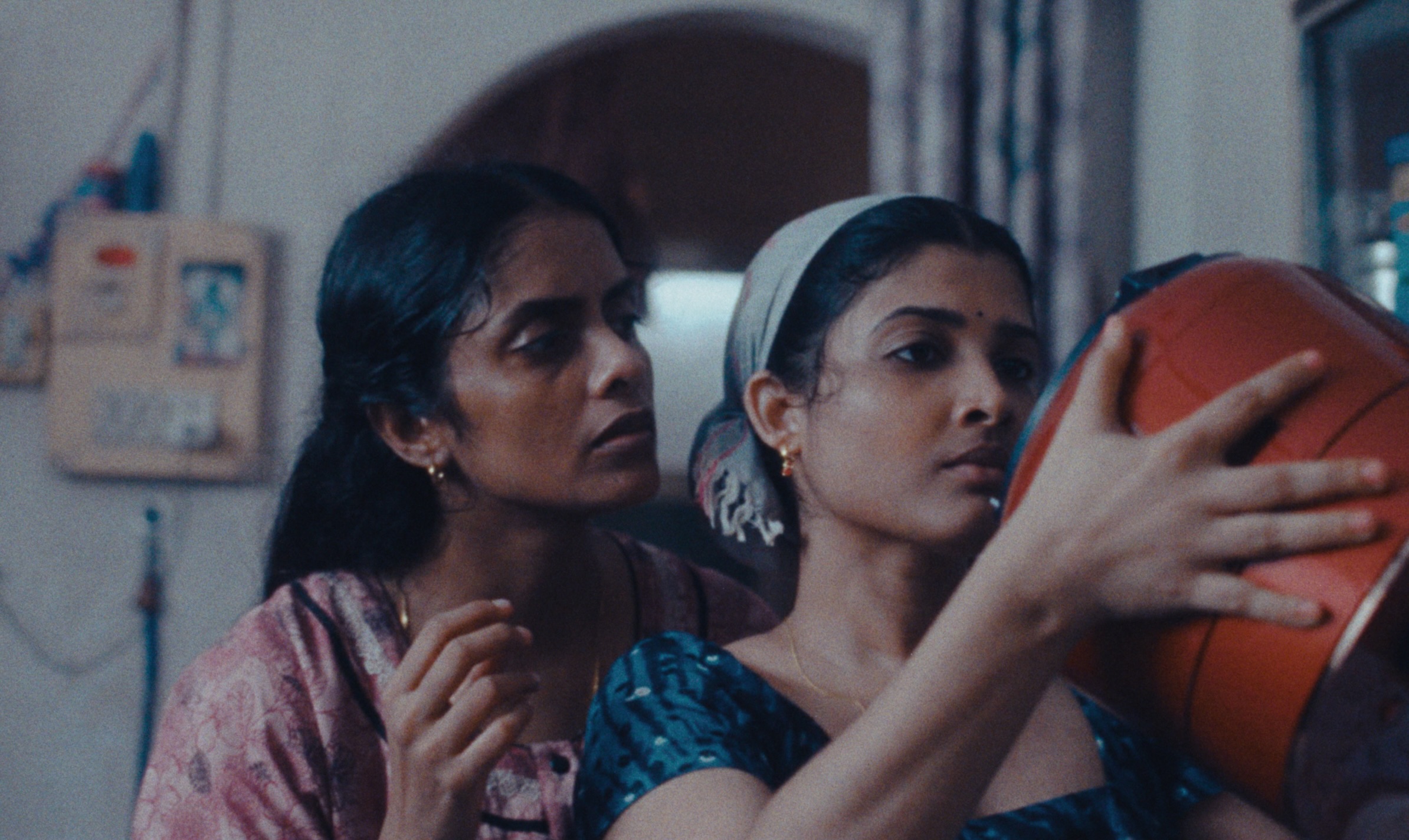“How many films did you see at MIFF this year?”
That’s the first question you can expect the person sitting next to you at any of the festival screenings to ask you to make small talk. The answers vary depending on who you ask; my response is something that I have had to muster up the courage to say out loud even though it’s the last day of the festival.
“This is my first and final screening.”
As I’ve grown older, I have begun finding it more and more difficult to pick up a show, a book, a movie and for that even a short, but it didn’t feel like a struggle this time. Here I was at The Astor Theatre, two hours away from my residence on a Sunday by myself to watch Payal Kapadia’s All We Imagine as Light.
Set in Mumbai, the film from the very first shot set in a local sabji mandi makes it known that it isn’t a tale romanticizing the city. It begins with a documentary style approach to introduce the viewers to the city’s persona which is made of migrant workers and establishes the cold lighting that compliments the film’s primary color blue for the rest of the film, courtesy of cinematographer, Ranabir Das. The cinematography alongside Kapadia’s screenplay carves the spirit of the city of dreams as one made of illusions where those on the brink of it are afraid to call it their home.
The film itself like its plot sits outside the lens that we frame mainstream Indian cinema in. Being an independent film written and directed by a female filmmaker that cares for a strong narrative instead of “star power”, it is starkly underappreciated in its own region of origin.
All We Imagine as Light grounds itself in the reality of ordinary people which include the protagonists, Prabha, Anu and Parvaty played by Kani Kusruti, Divya Prabha and Chhaya Kadam respectively. At its core, the motion picture is the tale of these three resilient women—estranged, undocumented yet hopeful and somewhat ambitious—exploring and embracing sisterhood at its grassroots. It is certainly not a bond that is unheard of in the Indian terrains but is worth the praise and acknowledgment given that our mainstream cinema is polluted by the fuel of machismo-filled, imbecilic action dramas such as Sandeep Reddy Vanga’s Animal.
Kapadia’s trilingual drama—and the acclaim that it has gathered—serve as a testament to the fact that the tapestry of our everyday lives is meant to be woven into films, and these films are worth the watch.
By Soumil Sawmill
Header image via MIFF official website // Common State Media


